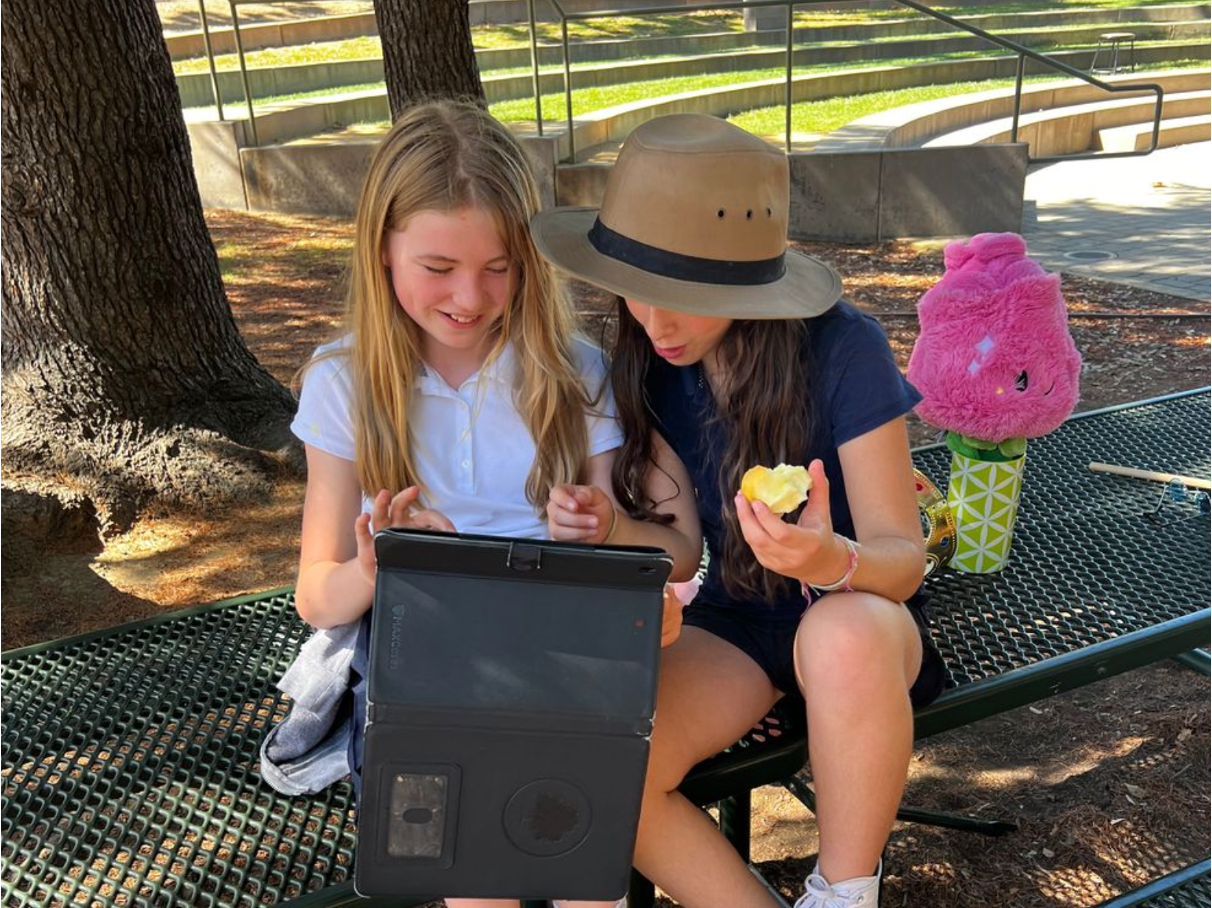“One at a time our volunteers will come up, taste the mixture, and tell us what they observe.”
6th Grade Mathematicians explored liquid concentration this week in order to develop their ideas about ratio and equivalence. Their teacher presented two different mixtures, with unknown quantities of water and cherry drink powder. Six small tasting cups held one or the other mixture, and as volunteers tasted a cup, they described it for their classmates, who captured their observations in a chart. Said one student, “It’s like a mix of that medicine your mom gives you when your throat is sore, and what they give you when you ask for Gatorade at Taco Bell.”
It’s like a mix of that medicine your mom gives you when your throat is sore, and what they give you when you ask for Gatorade at Taco Bell.
Tasters’ qualitative observations were captured about each cup, then table groups used this data to decide which of the six cups held mixture A or mixture B. Ideas about more or less sweetness, color brightness, looking “thicker,” and even “density” came up as students made claims and shared their reasoning. After pooling their predictions as a class, their teacher asked reflection questions about which kinds of information made it easier to tell. Revealing the answers, we then saw how each mixture was created (4 teaspoons vs 2 teaspoons of mix in 1 cup of water).
Students answered questions like, What would we need to do to make the mixture in this cup the same as the mixture in the other one? And if I pour Mixture A and Mixture B into this larger jar, how does this new Mixture C compare? Students drew diagrams and debated their ideas about the effects of changing both the mix powder and/or the water quantities on the overall ratio of ingredients. As students develop their ability to diagram, write about, and find ratios in real-life scenarios, they uncover areas of confusion and build fluency with a variety of more precise terms. Ratios in this unit lay the groundwork for topics in proportionality, unit rates, and percent increase/decrease later this year.
As their math thinking grew, predictions sparked lively and fun debate—a particularly enthusiastic student proclaimed, “I disagree in the strongest of terms!” The joy was palpable, even for those who decided not to try the drink mix.

